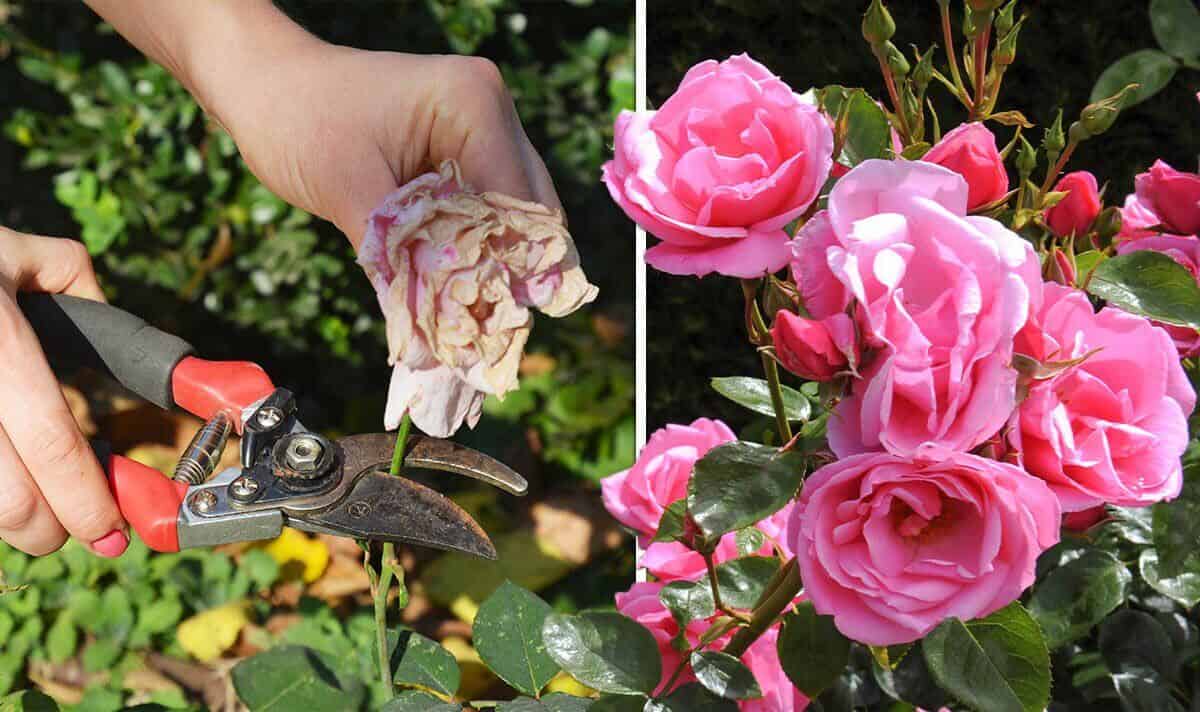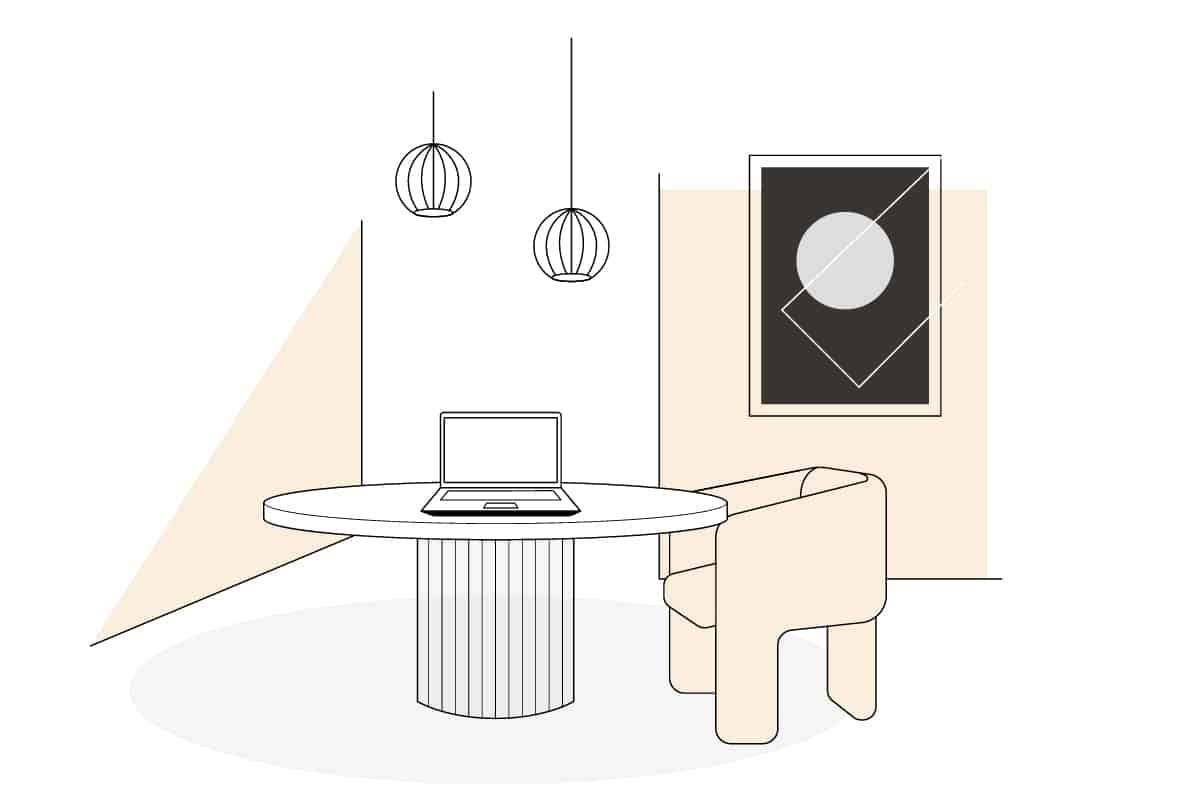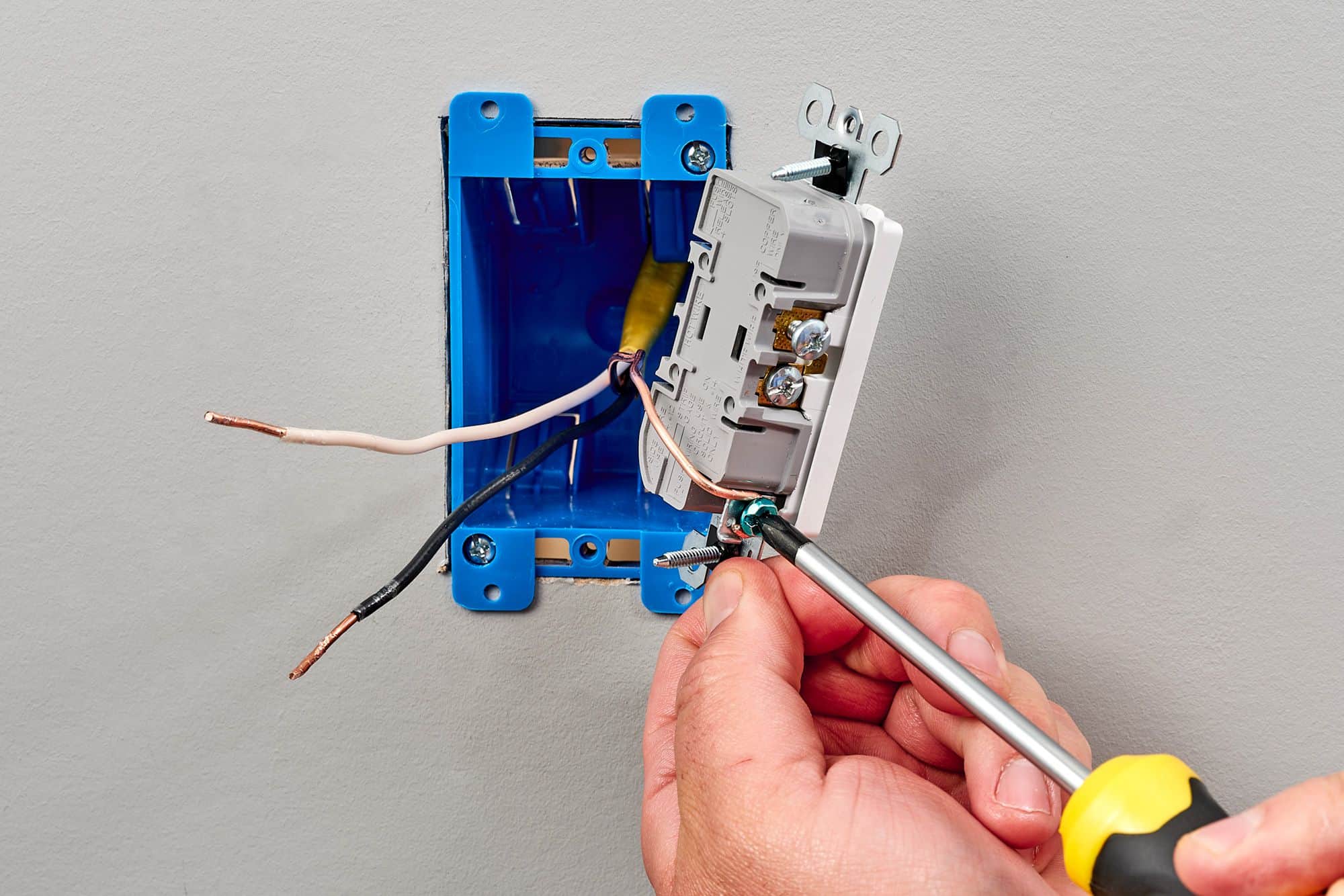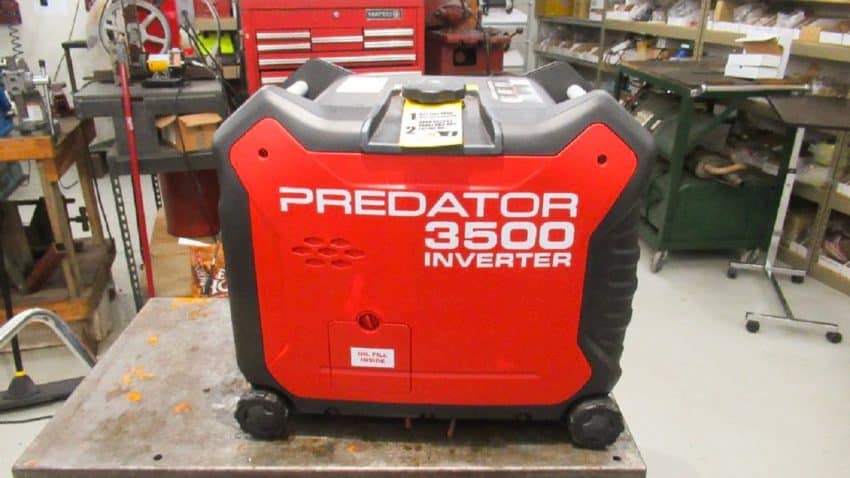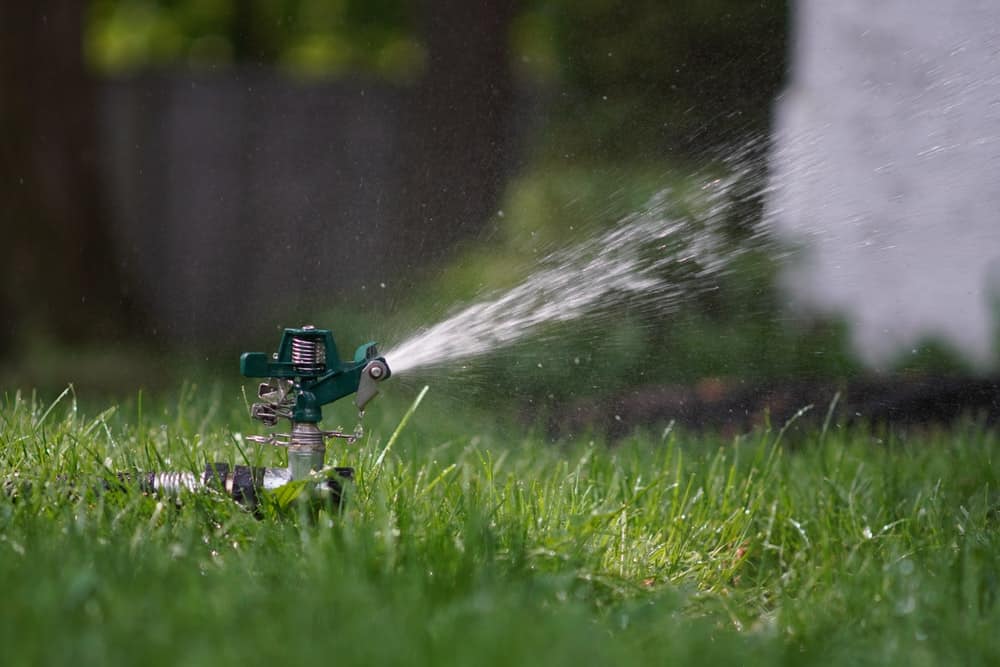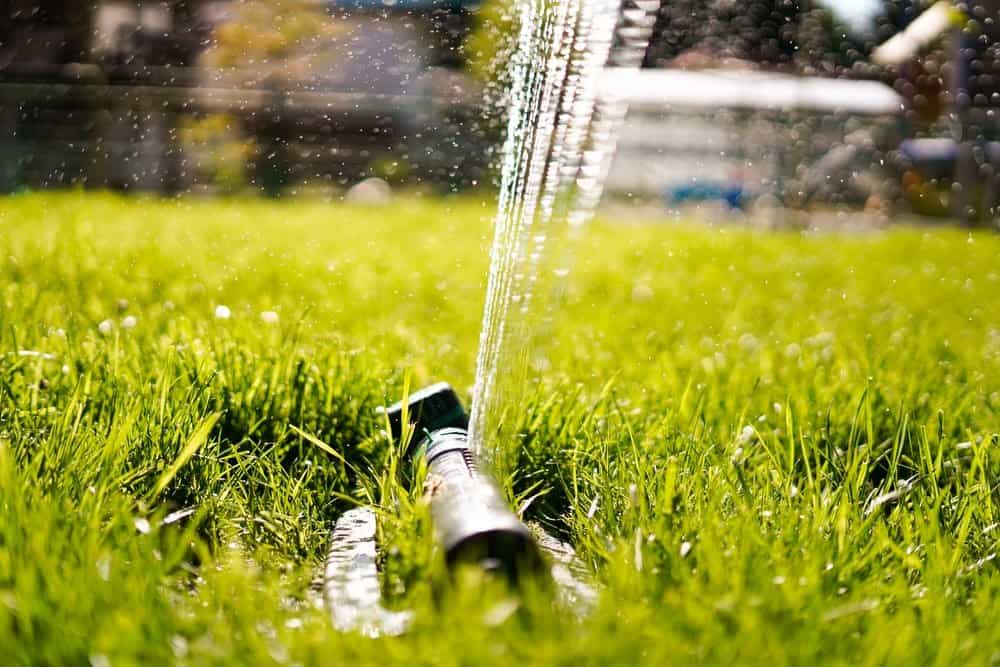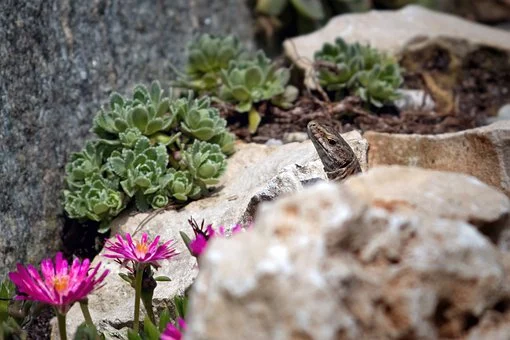It is important to remove a rose once it blooms and has begun to wilt. The process of removing roses once they reach this stage is called deadheading. If you are wondering how to deadhead roses, keep reading. When you deadhead roses, you are tricking the rose bushes into focussing on budding and flowering instead of concentrating on the old dying roses. Therefore, you should deadbeat a rose bush more regularly during the blooming or the summer season until it hardens for the winter.
When Should You Deadhead Your Roses?
Generally, it would be best to deadheaded roses when you need to; that is when they start to fade and look tatty. It is better to do so immediately the petals begin to fall. It would help if you did it regularly during the growing season. New flowers will appear as soon as you deadhead the roses.
What Are The Benefits Of Deadheading Roses?
Deadheading flowers have numerous benefits, and this applies to roses s well. These benefits include;
(A). Encourage The Plants To Set More Flower Buds
If regularly deadheaded, roses will extend their blooming season, making them set more flower buds for new flowers.
(B). Make The Plants Look Neater
Dying roses may turn brown and dry, and when this happens, it will ruin the general appearance of the garden. Therefore, deadheading is important as it makes your garden look more attractive and neat.
(C). Prevent Seed Formation
Deadheading roses prevents them from forming seeds. When it is not producing seeds, a flower focuses its energy on more effective flower production.
I want to take you through how to deadhead roses; therefore, I encourage you to keep reading this article will answer your questions.
How To Deadhead Roses
(i). Before deadheading roses, you will need to gather the necessary equipment, which includes;
- A small sharp pair of shears that you can use to make precise cuts.
- Gardening gloves that cover your arms and the forearms as well. This will prevent you from being pricked by thorns when trying to reach roses in the thick and tall bushes.
- You will need a bucket to haul your clippings for a cleaner and faster.
(ii). The second part of this is to gather all information you can about how to identify a spent rose and other areas that may need deadheading. When deadheading roses, look for:
- Spent roses- those that sag after blooming and have loose petals
- Competing roses- when they intertwin, competing and cannot grow together, competition stunts their growth and appearance.
- Roses growing inwards- if a rose shoot grows inwards, it obstructs sunlight and water from reaching the union and could cause bacterial fungi to fester.
To learn how to deadhead roses, you need to read below;
(A). Identifying A 5-Leaf Set Facing The Right Direction
Observe your rose bushes and shoots and when you find those with sets of three and five leaves. Cut above a leaf set with five or more leaves. Ensure that the five-leaf set is facing the direction that you want your shoot to grow.
Be keen not to cut the three-leaf set, resulting in a non-flowering shoot that does not grow any more roses until the following season. Likewise, remember not to rush to cut the first 5-leaf set you see as it may be facing the wrong direction, and you may need to get further down.
(B). Notice The Bud Eye
The second step into deadheading roses includes checking the bud eye. Check the joining point of the leaf set, and the shoot, the dark spot above it is the eye bud. That is the point from which a new stem will grow into a rose. Snip slightly above the bud eye.
Checking every bud eye when pruning or deadheading many rose bushes may not be possible. However, you will only snip about1/4 an inch above the 5-leaf set as the leaf set and the eye bud are located closely to make your work easier.
(C). Snip At A 45-Degree Angle
I know you are wondering why you should cut it at a 45-degree angle. Here's why the angle lets water run off of the shoot, which lets it avoid fungi and bacteria from growing on the shoot. Although many studies agree that the angle at which you cut your shoot when pruning roses does not matter, it is important to be cautious and safe than sorry.
The studies suggest that the angle does not affect how many blooms the plant produces or how well it heals. However, to reduce the risk of diseases attacking the plant from the base, it is important to use some white glue on the edges of a freshly cut shoot.
Frequently Asked Questions About Deadheading Roses
1. Do You Cut Off The Stems Of Roses?
Remove the whole stem once all the flowers in a cluster have finished. When you are deadheading roses with single flowers, cut the flowerhead and approximately 15cm of the stem, slightly above a strong and healthy leaf.
2. What To Do With Roses That Have Been Cut Off?
If one rose needs a cutting, the rest healthy ones should remain intact. Cut at the point where the shoot o the spent flower meets the stem that hods other roses. It would help if you were keen by dipping the pruning shears after every cut as this sanitizes the blades and eliminates the spa of the previous plants that may carry any diseases.
3. Why Do Roses Need To Be Deadheaded After Blooming?
Deadheading roses have many benefits to the flowers as it keeps them looking their best the whole season. A faded flower makes a lant look tatty and may turn into a soggy mess after rainfall. This, in turn, encourages fungal infections that may lead to stem dieback. If you deadhead a rose, it will keep the plant blooming and prevent them from looking untidy.
4. Do You Have To Deadhead A Knockout Rose?
Many shrub roses like the Knouot rose are bred to shed sent blooms, often referred to as self-cleaning. So, you do not really have to deadhead them. However, based on the way they look, you may want to clean them up.

